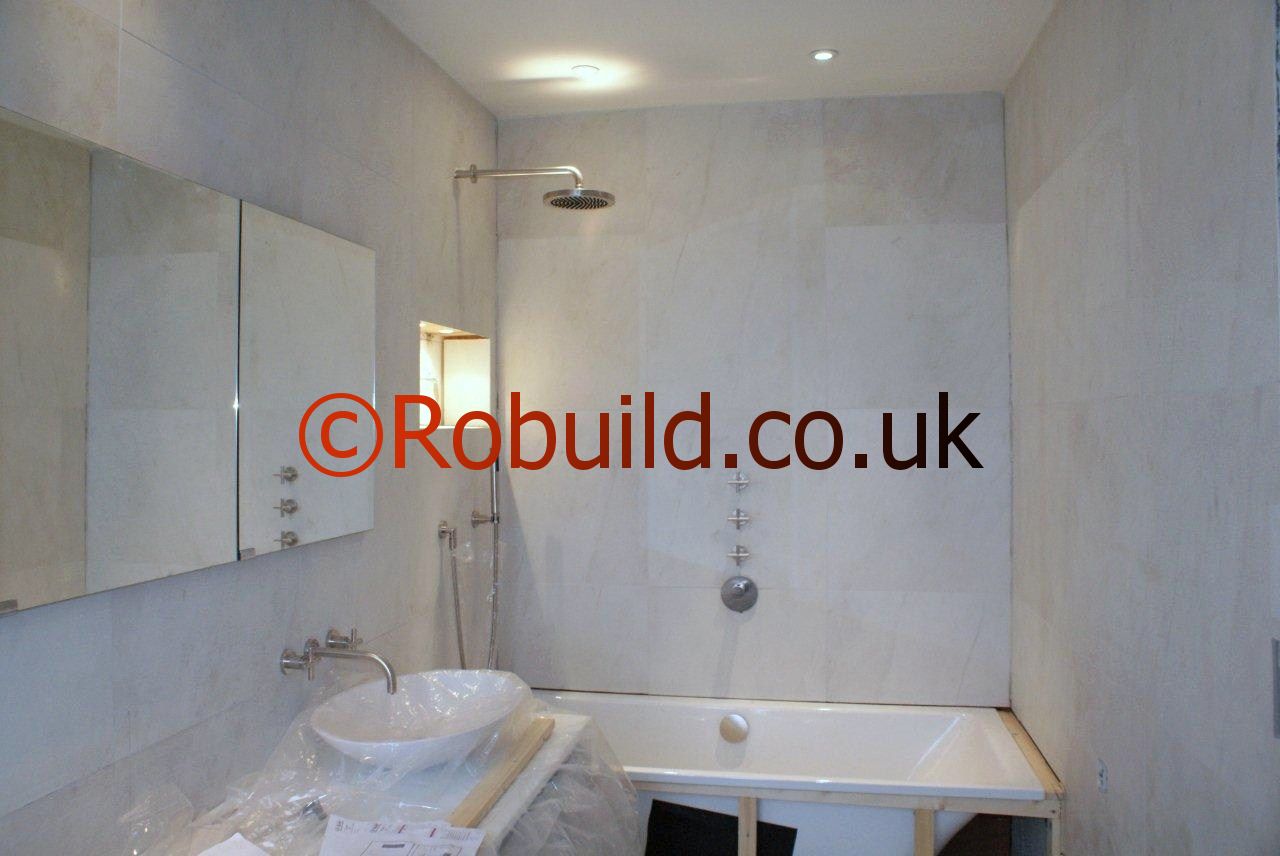Decorative materials with cold surfaces, such as ceramic tiles, are renowned for the rapid formation of condensation. The build-up can be quickly dispersed by opening the windows. An extractor fan set into the window or mounted on (or ducted to) an exterior wall will also help remove vapour – quickly. You can reduce condensation in cold bathrooms by heating the room for a short time before running the bath water. Or you could use heated mirror cabinets like in the picture bellow – the type recommended for bathrooms.

Try running a little cold water into the bath before you turn on the hot tap, as this will also help reduce condensation. Other wall surfaces The real problem areas are patches of condensation which sometimes appear in odd corners of the home. Often these go unnoticed until a patch of mould appears. Poor circulation of air is one of the prime causes and on a damp day a short burst of warm air from a fan heater, or a hair dryer, will help to check condensation. If mould persists and the surface is not wall papered, rinse the wall with a strong solution of anti-mould. If the surface is wallpapered you will have to remove the paper and line the wall with rolls of expanded polystyrene which you can then wallpaper over or paint with emulsion. In severe cases this may not be completely successful and a painted wall, which can be treated with anti-mould cleaners from time to time is preferable.
Previous
Next
